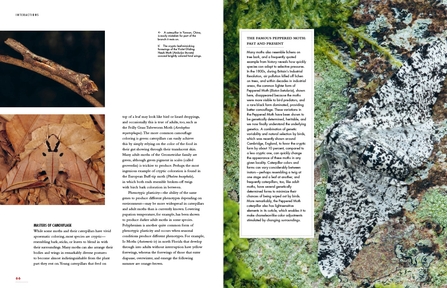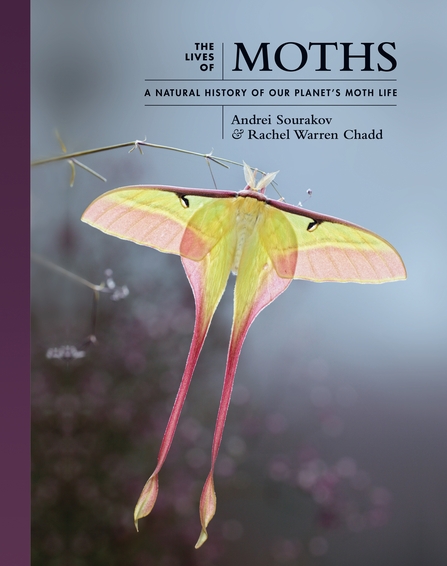
Book review - The Lives of Moths

This is a visually stunning book on moths. No, really! And, though it covers the planet, visual impact doesn’t require a dash for the tropics.
The first full-page image is a pink and orange marvel found in our Abergavenny garden - an Elephant Hawk moth. Even micro-moths look good: a page combining a tropical Atlas Moth with a Twenty-Plume doesn’t shame the Gwent resident. Those pictures do have rather different magnification, though.
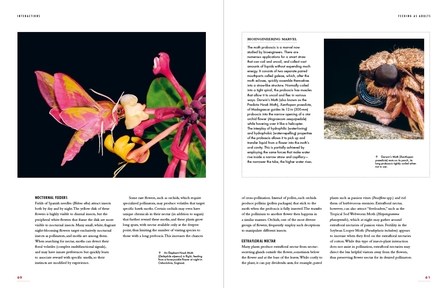
The images aren’t just for show. Sequences illustrate how a surprisingly large caterpillar can unwrap from a small egg; how caterpillars change camouflage as they grow; and how a pupa develops. As these examples indicate, there is excellent coverage of all life-stages, not just the familiar adults. Extreme close-ups are well used: to show how a moth proboscis rolls up, or a head-on image of a spiny caterpillar that isn’t going to be an easy swallow for any predator.The images aren’t just for show. Sequences illustrate how a surprisingly large caterpillar can unwrap from a small egg; how caterpillars change camouflage as they grow; and how a pupa develops. As these examples indicate, there is excellent coverage of all life-stages, not just the familiar adults. Extreme close-ups are well used: to show how a moth proboscis rolls up, or a head-on image of a spiny caterpillar that isn’t going to be an easy swallow for any predator.
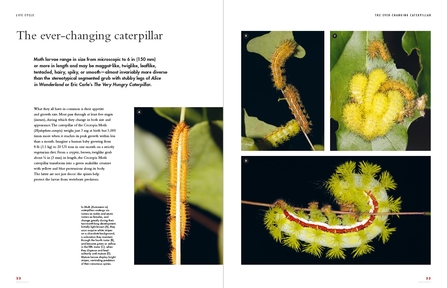
This makes it a great book to just dip into, but if you want a longer read you’ll find sections on moth life stages and interactions: with each other, with foods, as foods, and with parasitoids (not for the squeamish). There are extended sections on how moths have adapted to different habitats – tropical rainforests, grasslands, deserts and tundra, temperate deciduous forests, coniferous forests and wetlands, human environments – with examples of species from each one.
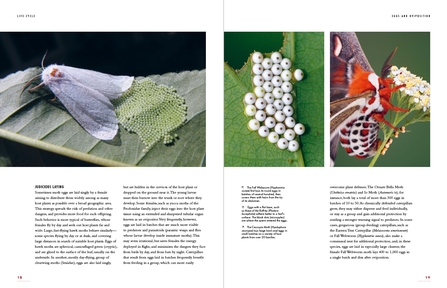
"Lives of Moths” isn’t an identification guide, though I spotted about twenty familiar species. But, whether you’re familiar with moths or a newcomer, it should get you excited about them. “Do any Gwent moths do that?”. Live in mutually beneficial relationships with sloths, no. But “the most ingenious example of cryptic colouration”, a Buff-tip, or a chameleon caterpillar that changes colour to match its environment, a Peppered Moth - yes!
